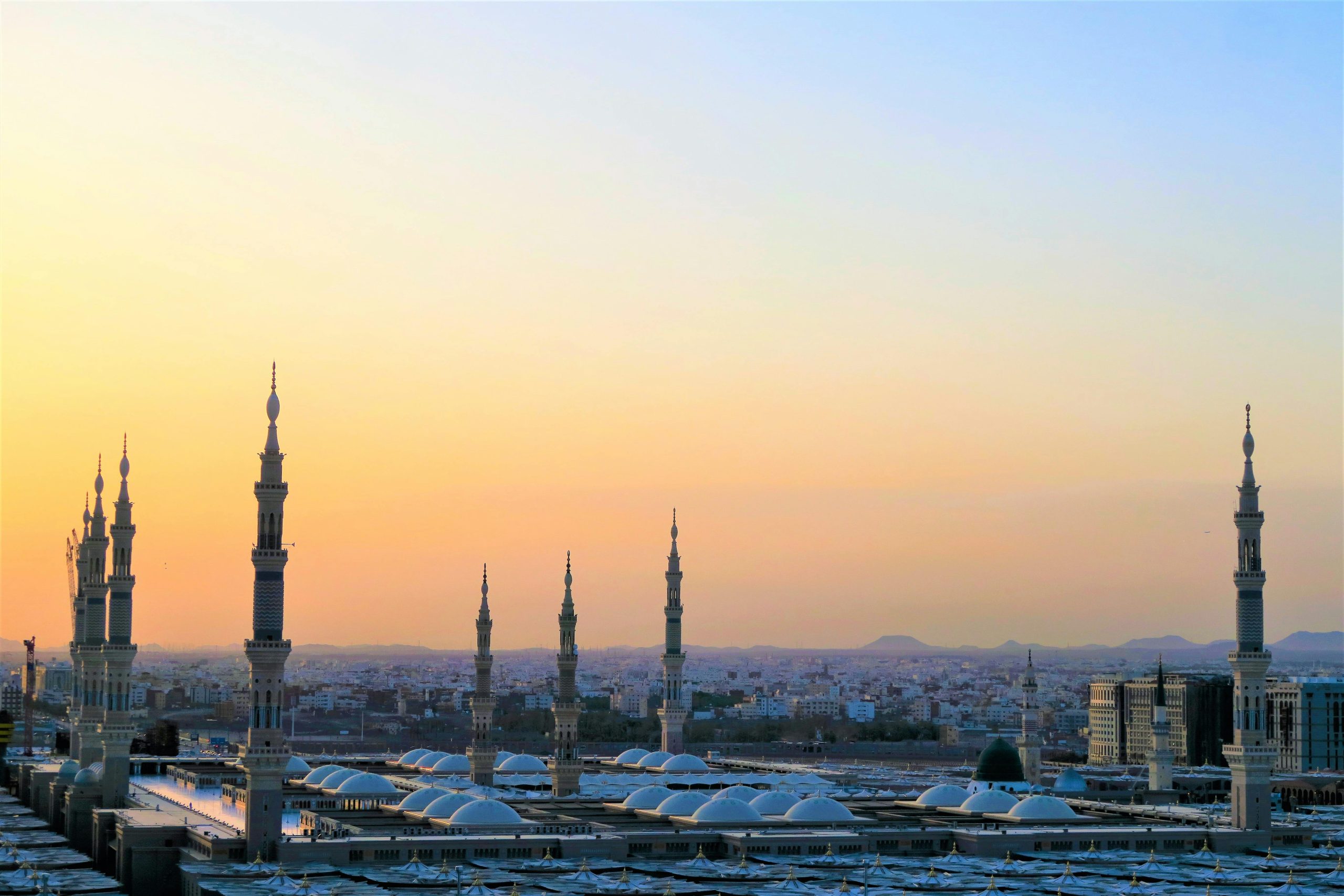Saudi Arabia, a nation synonymous with rich history and deep-rooted traditions, has emerged as a focal point for religious tourism over the past decade. Home to Islam’s two holiest cities, Mecca and Medina, the kingdom has always been a vital destination for millions of Muslims worldwide. However, recent developments under the visionary framework of Vision 2030 have transformed this ancient practice into a modern, efficient, and profoundly enriching experience.
Vision 2030: A Strategic Shift
The cornerstone of Saudi Arabia’s transformation in religious tourism is Vision 2030, an ambitious initiative launched by Crown Prince Mohammed bin Salman. This strategic plan aims to diversify the Saudi economy, reduce its dependence on oil, and develop key sectors such as tourism, health, education, and infrastructure. Central to this vision is the enhancement of religious tourism, which not only honors the kingdom’s Islamic heritage but also plays a crucial role in its economic diversification efforts.
Expanding the Holiest Sites
Significant strides have been made in expanding and modernizing the holy sites to accommodate the ever-increasing number of pilgrims. The Grand Mosque in Mecca, known as Al-Masjid Al-Haram, has undergone substantial renovations. These include the construction of new prayer areas, installation of advanced cooling systems to mitigate the harsh desert climate, and the implementation of sophisticated crowd management technologies to ensure the safety and comfort of worshippers.
Similarly, the Prophet’s Mosque in Medina, Al-Masjid an-Nabawi, has seen notable improvements. Expansion projects here focus on increasing capacity and enhancing the spiritual ambiance, ensuring that pilgrims can engage in their rituals with greater ease and reverence.
Streamlining Visa Processes
Acknowledging the challenges many pilgrims face in obtaining visas, Saudi Arabia has overhauled its visa processes. The introduction of an e-visa system has made it significantly easier and quicker for pilgrims to gain entry. This development is particularly beneficial for Umrah pilgrims, who now enjoy greater flexibility in planning their visits. The simplified visa process has also opened Saudi Arabia to tourists from countries that previously faced stringent entry requirements, thereby boosting the overall number of visitors.
Technological Advancements
In the digital era, technology is pivotal in enhancing the pilgrim experience. Saudi Arabia has invested heavily in developing tech solutions tailored for pilgrims. Mobile applications provide real-time information on prayer times, locations of significant sites, and emergency services. Moreover, virtual reality (VR) and augmented reality (AR) technologies offer immersive pre-visit experiences, allowing pilgrims to explore holy sites virtually before their physical journey.
Infrastructure Development
Beyond the sacred sites, Saudi Arabia has made significant investments in infrastructure to support the growing influx of pilgrims. The Haramain High-Speed Railway, linking Mecca and Medina via Jeddah, has dramatically reduced travel time between these cities. This high-speed train service is a testament to the kingdom’s commitment to providing modern, efficient transportation for pilgrims. Additionally, the expansion of airports and the development of new ones have improved both international and domestic connectivity.
Cultural and Heritage Integration
In line with Vision 2030, Saudi Arabia is also keen on promoting its rich cultural and historical heritage. Projects such as the opening of the AlUla heritage site and the Diriyah Gate initiative aim to attract tourists beyond religious pilgrims. These sites offer a deep dive into the history and culture of the Arabian Peninsula, presenting a broader perspective of the kingdom’s heritage.
Commitment to Sustainability
Sustainability is a key focus in Saudi Arabia’s tourism revolution. With the increasing number of visitors, the kingdom is dedicated to implementing sustainable practices to preserve the environment and the sanctity of holy sites. Initiatives include comprehensive waste management programs, eco-friendly transportation options, and sustainable accommodation facilities.
Economic Impact and Future Prospects
The economic impact of these developments is profound. Religious tourism significantly contributes to Saudi Arabia’s GDP and creates numerous employment opportunities. As the kingdom continues to enhance its tourism infrastructure, the potential for economic growth remains substantial.
Looking forward, Saudi Arabia’s dedication to advancing religious tourism shows no signs of abating. With continuous investment in infrastructure, technology, and sustainability, the kingdom is set to offer an unparalleled pilgrimage experience. This revolution in religious tourism is not only transforming Saudi Arabia’s economy but also enriching the spiritual journeys of millions, intertwining faith with modernity.




